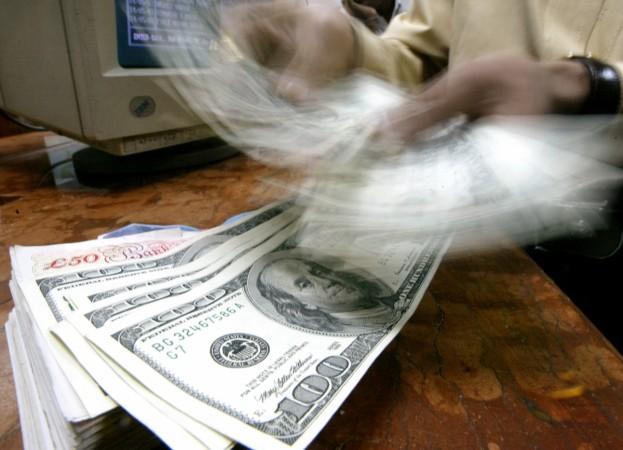
India's external debt stood at $480.2 billion at the end of December 2015, up $4.9 billion, or almost 1 percent, from $475.8 billion as of March 31, 2015, according to the country's finance ministry statement released Thursday. December 2015, however, marked a decline from $483.2 billion at the end of September 2015.
The increase was attributed to a rise in external commercial borrowings and non-resident Indian (NRI) deposits.
Long-term debt rose $8.8 billion, or 2.2 percent, to $398.6 billion, while short-term debt fell 4.6 percent, or $3.9 billion, to $81.6 billion, the statement said.
From a component point of view, commercial borrowings accounted for 38.2 percent of the total external debt, followed by NRI deposits at 25.5 percent and multilateral debt of 11.1 percent.
Sovereign debt was $90.7 billion, or 18.9 percent of the total external debt.
At the current level, India's foreign exchange reserves provided a 73 percent cover to the total external debt stock, up from 67.5 percent at end-March 2015.
The ratio of short term external debt to foreign exchange reserves was 23.3 per cent at end-December 2015 as against 26.7 per cent at end-March 2015.
External commercial borrowings (ECBs) by India during the October-December 2015 period was $8.31 billion, up from $5.50 billion in the preceding quarter ended September 2015.
India's foreign exchange reserves rose to an all-time high of $355.94 billion in the week ended March 18, according to the Reserve Bank of India. The previous all-time high was $355.46 billion in the week ended June 14, 2015.
The country added $14.3 billion to its foreign exchange reserves since March 2015, the RBI said.

















